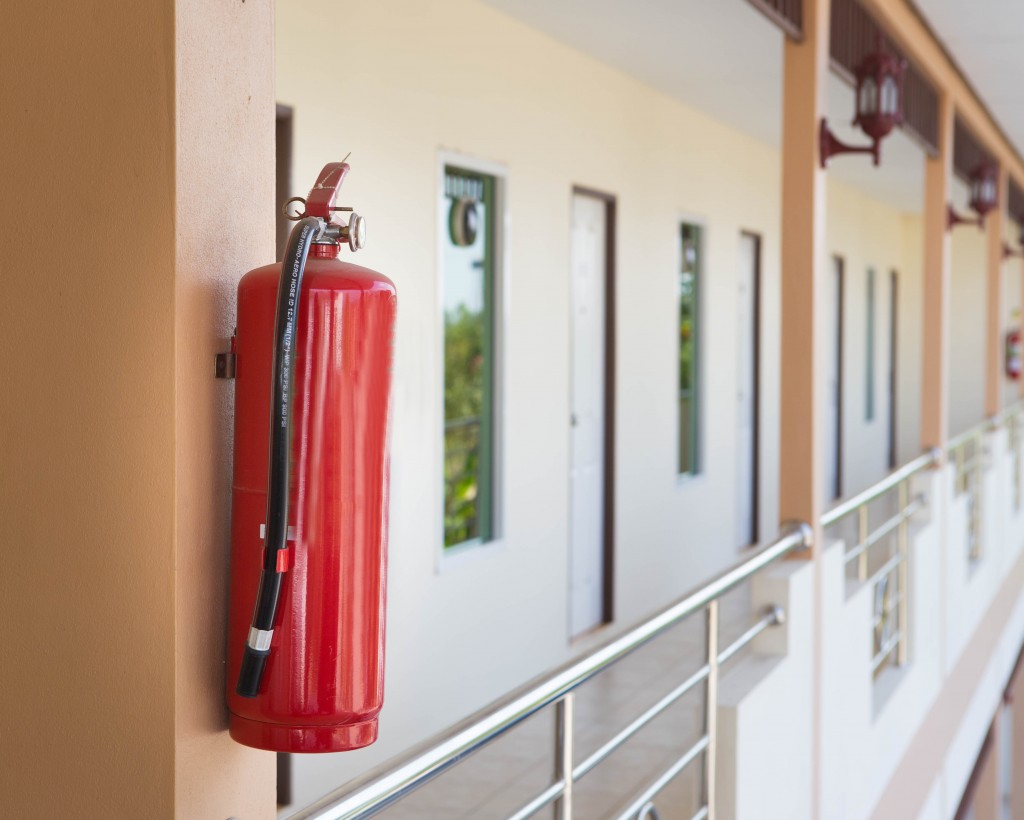Nobody wishes for any disaster or damage to their property. You should, however, take all necessary steps to guarantee you are covered if anything happened to your property. One of the things which any homeowner needs is a fire extinguisher. This will determine how much damage you suffer in a fire.
Fire extinguishers have standard sprayers and tanks but the contents come in many forms, and most are ergonomically designed for the effective and safe discharge of their contents. They contain different agents for putting out fires including water, foam, CO2, water, and powder.
Foam extinguishers are water-based and include a foaming agent which has a rapid flame blanketing effect. It could knock down and seal a fire, as long as they are class A and B fires. These are fires which involve organic, solid and flammable materials. Here are the foam types used in fire extinguishers for their safe use.
Aqueous Film Forming Foam (AFFF)
This type of foam comes in 6%, 3% or 1% concentrate. AFFF is manufactured from fluorochemical surfactants, salts and solvents. The foam concentrate contains an aqueous film which forms on the surface of a flammable liquid. As such, it will control a fire faster than fluoroprotein and protein foams will. AFFF solutions can be applied using non-aspirating or aspirating devices. The aspirating device will trap air and cause it to blend with the foam in your extinguisher.
Synthetic Foam Concentrate
This is generally used in 1.5-2.5% concentrations and comprises solvents and hydrocarbon surfactants. Synthetic foam concentrates are also high expansion foam solutions and will suffice for extinguishing fires in enclosed areas like mine shafts, ship holds and basements where the volume control is essential. This is because the foam can fill an entire room with expanded foam bubbles and thus rapidly smother a flame.
Fluoroprotein Foam Concentrate
 This comes as a 3% or 6% concentrate and comprises protein and fluorocarbon surfactants. The surfactants are meant to boost the performance of the fluoroprotein foam and make it resistant to fuel contamination. This allows you to use fluoroprotein foam concentrate directly on a fuel surface in a fire with no risk of saturating the foam blanket generated by fuel vapour.
This comes as a 3% or 6% concentrate and comprises protein and fluorocarbon surfactants. The surfactants are meant to boost the performance of the fluoroprotein foam and make it resistant to fuel contamination. This allows you to use fluoroprotein foam concentrate directly on a fuel surface in a fire with no risk of saturating the foam blanket generated by fuel vapour.
Protein Foam Concentrate
This comes in 6% or 3% concentrate. It includes foam stabilizers, preservatives, and protein which generate a highly stabilized foam over a fire. Protein foam concentrate is always used with air aspirating discharge devices and should be applied gently to a flammable liquid surface since it can be contaminated by fuel. It is generally slow moving once applied and will take time to cover your entire fire owing to its stability.
The right foam concentrate for your fire extinguisher is essential since it will help you fight the right kind of fire. These foam extinguishers will provide an extended layer which will control the fire until the discharge is complete. The tanks used for foam extinguishers generally have a nine-litre capacity. You should, nonetheless, keep an eye on the shelf life of your foam concentrate to guarantee it will be useful in a fire. Proper storage of your fire extinguisher will maximize the concentrate’s shelf life.

